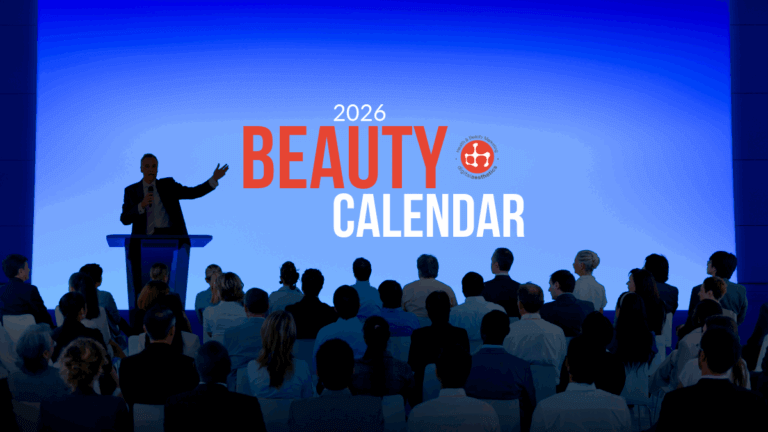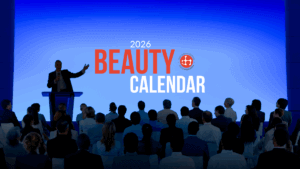For decades, the fashion and beauty sector has built its foundation on traditional gender roles and stereotypes but now it is shifting to unisex branding. Of course, trends and styles ebb and flow with the decade but the distinction between products for women and products for men has always been clear.
However, traditional gender lines and roles are slowly fading away, if not already gone.
The genesis of this can be tracked down to innovation with fragrances and perfumes. Less invasive products such as perfume and lip balm have already started to make the switch from gender specific packaging and marketing to gender neutral language, so as not to alienate either gender.
A Pew survey from 2019 found that 59% of respondents (10,000 total) believe that forms asking about gender should have options besides ‘male’ and ‘female’. David Yi, founder of Very Good Light, claims that skincare being associated with femininity is a western construct. He claims that men around the world have been using cosmetic products at various points in history and now we are cycling back to it.
Influencers and Brands leading the unisex charge
In a day and age in which stars like James Charles, Elliot Page, RuPaul and Lil Nas X have captured the public enthusiasm for breaking boundaries, skincare companies have finally decided to get with the times and switch to unisex branding. EvolutionMan (advertised by Johnny Depp wearing nail polish) and Non Gender Specific (a skincare brand) have both decided to do away with genders and market solely to the person.
The ramifications of this pivot in messaging is very interesting. Cosmetic physical outlets have already begun work on redesigning their shop floors so as to avoid sections for men and sections for women. John Lewis has removed gender labels from its children’s range and H&M have even started releasing entire unisex collections. The idea is to divide products by sector and encourage genders to use unisex products rather than the one’s society has said fits their gender structure.
Changes in marketplace and gender-based packaging
Changing the structure of the marketplace if much easier to do online rather than in a physical store as was evident in Rihanna’s launch of her Fenty range. Fenty focused more a gender-neutral self-care message and really hammered home the unique selling point of darker skin shades. There was minimal if any focus on the female focus on the range so as not to push potential male consumers away.
Fenty, much like Milk Makeup and Glossier, also moved away from classical packaging which may have made gender distinctions using pink for women and dark hues for men. Now packaging is often grey, off-white or nude, in a bid to allow the consumer to make their mind up on the range.
Unisex branding key for Generation Z
Unisex branding is also key for younger generations and consumers who put less value into genders and more into sustainability and cleanliness. Larissa Jensen, Senior Beauty Analyst at NPD Group states: “They’re more inclusive, and they hit on more of the things that are important to younger consumers today, like ‘sustainable’ or ‘clean’ or ‘genderless’. That’s something that’s more of a movement from a younger consumer perspective.” Younger generation are fearless and idealistic about their beliefs and vehemently support brands that align with their social thinking.
There are some that will argue that unisex and gender-neutral products are a time-of-the-month fad that will be tossed aside eventually. However, a recent study by GlobalData found that 29% of males and 42% of females are willing to use products outside of their usual sample size now. The shift from overtly ‘pink’ or ‘manly’ packaging has shifted the stigma of experimentation in physical and online purchases.
For any business or industry to survive it has to be able to capture the mind-set of the new generation of consumers. People don’t want to be told an item is or isn’t for them anymore; they want to be able to make that choice for themselves.










